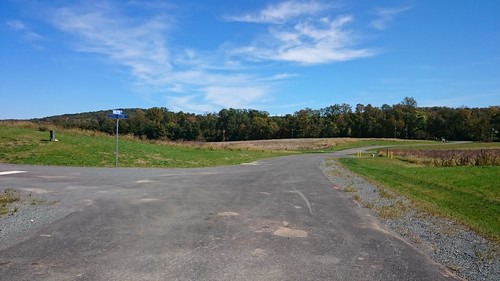Again this year, as it has since 2009, the council has introduced legislation that would prevent approved-but-unbuilt development projects from expiring until at least December 31, 2018. Ordinarily, under county law, most new subdivision plan approvals are valid for only three years, and most site plan approvals are valid for only two years.
Most of the county’s backlog of deadwood development projects consists of large single-family detached residential subdivisions located outside of the Beltway and far away from transit. These are exactly the types of suburban sprawl projects that the county’s own planners have concluded are harmful.
According to planners, this glut of existing and planned low-density residential development makes it harder for the county to develop at the appropriate densities around its 15 Metro stations. That, in turn, puts the county at a competitive disadvantage with both millennial and older homebuyers who are looking for walkable urban development close to transit and with nearby amenities.
Additionally, studies show transit-oriented development (TOD) is a more fiscally sustainable form of development. Thus, the county council would do well to encourage new TOD projects around Metro, rather than clinging to far-flung sprawl projects in places that look like this:
 |
| Photo by Payton Chung |
Lest you think that there’s no harm in extending the approvals on these dead projects, think again. Keeping old development projects in the pipeline significantly distorts the county’s true development landscape. That’s because the county still has to act as if all of the approved and unexpired development will in fact get built.
This means the county needs to plan and budget for more roads, water and sewer lines, schools, fire stations, and other public facilities to accommodate planned growth that has little possibility of ever happening. It also means new developers might be required to contribute to that new infrastructure, when it may not even be necessary for their particular projects. That puts an unnecessary burden and expense on new and otherwise viable projects, which ultimately discourages quality developers from building in the county.
The council will hold a public hearing on the latest extension bills, CB-97-2017 and CB-98-2017, on Tuesday, November 7, at 10:30 am. Please show up to testify and also contact the councilmembers to let them know your position on these bills.

Perhaps an example or two would help make your case and prompt others to react?
ReplyDeleteThis map shows the development pipeline as of 2011. I don't think M-NCPPC has published an updated one since then. The councilmembers actually directed them to prepare an update at last week's PZED meeting. So hopefully we'll have it by the time of the public hearing in November.
Delete